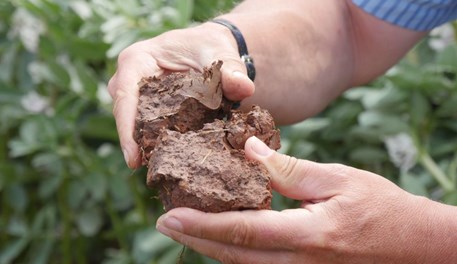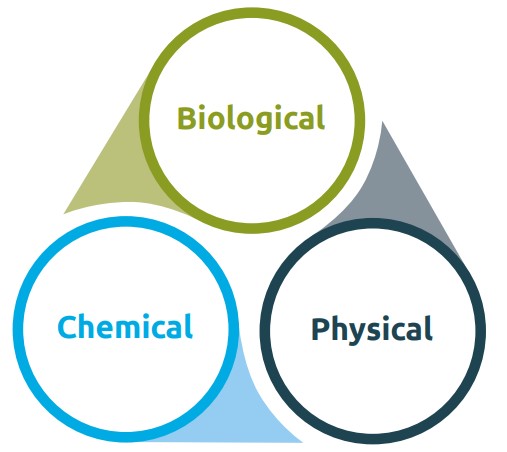- Home
- Knowledge library
- Principles to improve soil health
Principles to improve soil health
In a healthy soil, the interactions between chemistry (pH, nutrients and contaminants), physics (soil structure and water balance) and biology (including earthworms, microbes and plant roots) are optimised for the conditions in that place.
Soil health
Soil health underpins crop and livestock health and productivity. Protecting soil health is also critical to environmental sustainability, as soils:
- Exchange gases, such as carbon dioxide and nitrogen oxides, with the atmosphere
- Regulate the flow of water and rainfall in the water cycle
- Provide nutrients for plant growth, by breaking down organic matter and altering chemical fertilisers
- Transform and store organic materials, as part of the terrestrial carbon cycle
- Degrade contaminants applied through human activities or left by floods and aerial deposition
A healthy soil can sustain, in the long term, these important functions.
Keeping in balance
Well-maintained soils provide good structure, water retention and nutrient availability to crops. The physical, chemical and biological properties of soil interact to deliver these functions.
The physical structure of soils (air/water balance) and the chemical environment (pH/nutrient levels) provide the habitats for biological components (e.g. roots and soil organisms) to interact within the soil matrix.
Although soils and management practices vary from farm-to-farm and field-to-field, there are some general principles that underpin all farming systems that have healthy soils. These aim to keep these chemical, physical and biological properties in balance.
Balanced soils reduce requirements for mechanical intervention. An understanding of soil health can also inform decisions when any cultivation or restructuring operation is needed.
Biological
- Feed the soil regularly, through plants and organic inputs
- Move soil only when necessary
- Diversify plants in space and time
Chemical
- Maintain optimum pH
- Apply nutrients (right amounts, in the right place, at the right time)
- Know soil textures and minerals (buffer capacity)
Physical
- Know soil textures and understand limits to workability and trafficability
- Optimise water balance, through drainage (if necessary)
- Minimise compaction and improve soil structure
Principles of soil health: Biological
Understand the importance of soil management practices such as tillage and organic matter inputs on maintaining diverse and active soil biological communities.
Find out more about the principles of improving biological soil health
Principles of soil health: Chemical
Parent material controls the texture and the types of minerals present in the soil. It is important to know the soil’s chemical make-up to optimise inputs.
Learn more about the role of soil chemistry and nutrient balance for healthy soils
Principles of soil health: Physical
Well-structured soils have a better balance of air and water. These benefit root growth and promote an active soil ecosystem.
Discover ways to work the land that don’t compromise soil structure
Soil types and principles of soil health
Inherent properties vary with different soil types. Knowing what these are can influence actions for soil health management.
See a summary of the key soil health principles for sandy, medium and heavy (clay) soils



